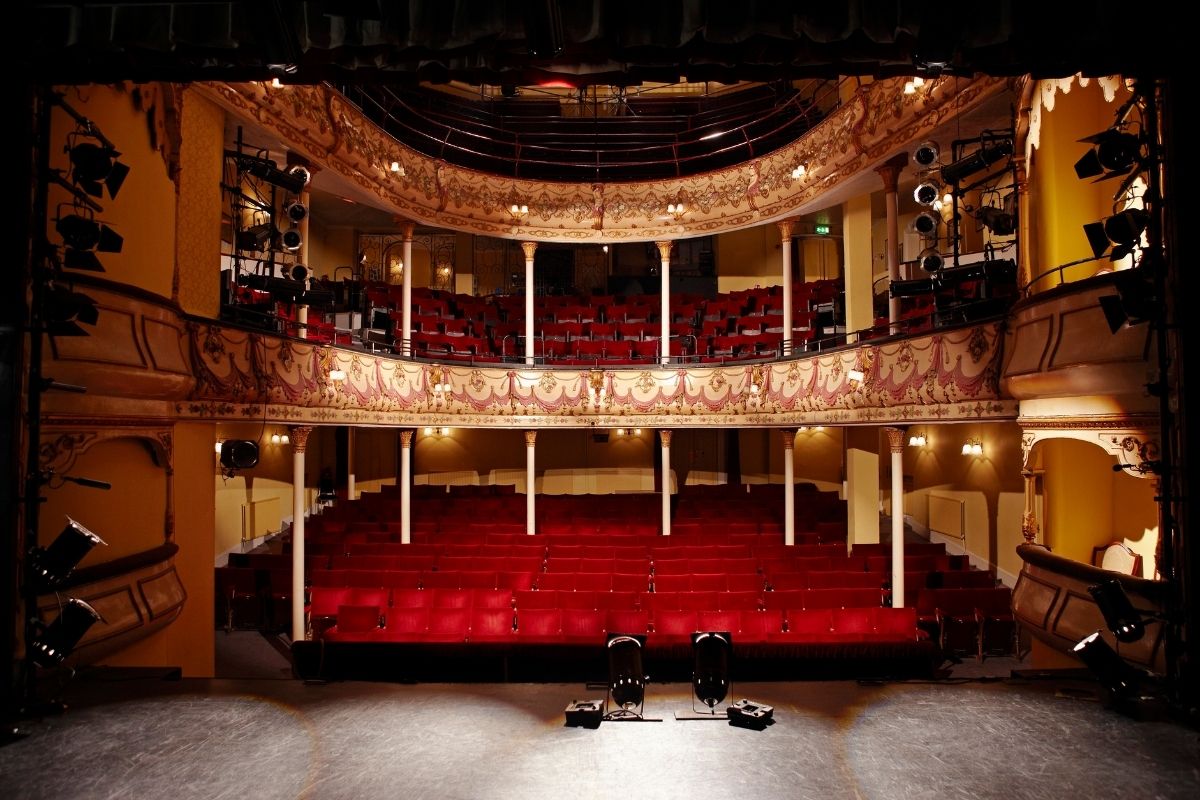Never Underestimate the Influence of Props and Objects

“Props are anything that an actor might touch or handle,” Gianni Downs says. “Sometimes you might refer to them as properties. And you can think of them in a couple of different ways.”
Hand props are props that actors will carry around with them. There are set props that may exist in a room, such as a furniture that an actor cannot move on their own. Then there are decorative props, such as curtains hanging on the wall or paintings that may be present. You can think of anything that isn’t built by the carpentry shop as a prop. These are frequently things that you might come across in your daily life.
Is the couch upholstered? What type of upholstery is it? Is it made of wood? Is it made of metal? These elements may tell the audience in a matter of seconds who the individual in a room is or what the play is about. This is considered to be performing arts.
When it comes to staging design, such small changes may significantly influence. And these are the kinds of judgments that a designer must make regularly.
And it is your responsibility to make those decisions. And your choices should be influenced by the program you’re working on as well as the characters that inhabit it. These skills can be acquired through online performing arts education.
Often, there will be a significant meal scene in many older programs. And this may be for a Christmas party or a particular function. A table scene can often serve as the focal point of an entire play.
One props designer told me that mashed potatoes are used in almost all her creations. As a result, she can shape it into a variety of different shapes. She can dye it in a variety of colors.
It’s also simple for people to consume. Furthermore, almost no one is allergic to it. So you’ll often see mounds of different things on a plate that people are eating. And it could be mashed potatoes.
Alcohol is another thing that is very common in the theater. So many shows revolve around people making poor choices. And those decisions are frequently made while under the influence of alcohol.
As a result, a large part of my job as a scene designer is to plan out where the furniture will be placed on the stage. The director and I will work closely together to determine where items will go, how they will be set, and what angle they will be.
Performing arts education helps in decision making. It’s a good idea to consider what kinds of chairs may exist in the environment you’re building. Are there any weapons? Is this a high-backed chair?
And if you’re going to drink on stage, you should drink something that looks like alcohol but won’t get the actor intoxicated. As a result, flat soda is frequently used. Food coloring and water can be used.
It may be fluids. I’ve heard of people using different teas to achieve different hues. And you can come across property designers who have recipe books for various types of booze, whether it’s brandy, whiskey, or something else. You can be seeking something, or the script might be asking for something.
